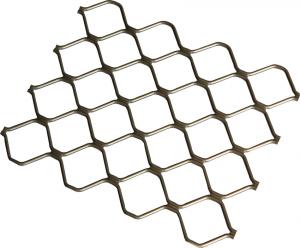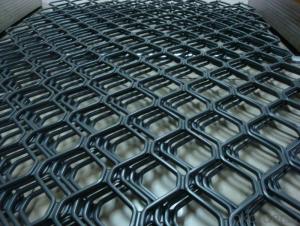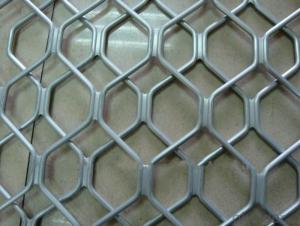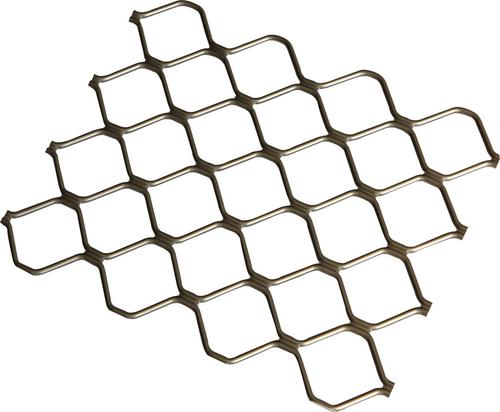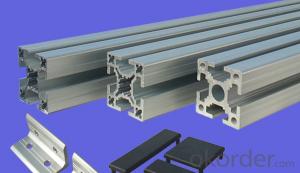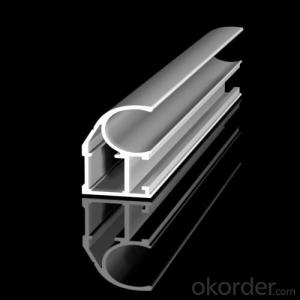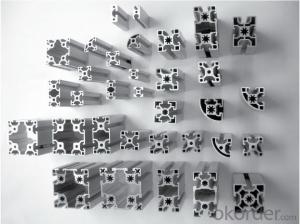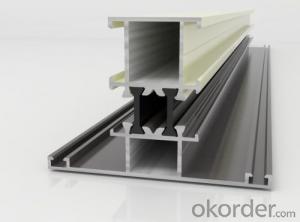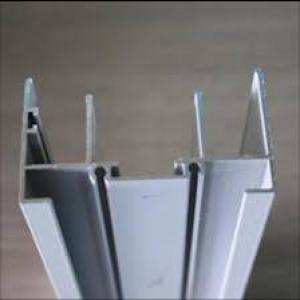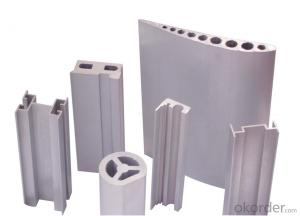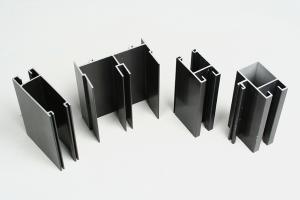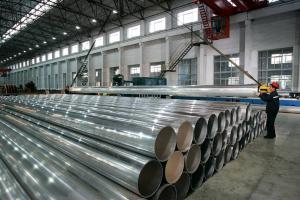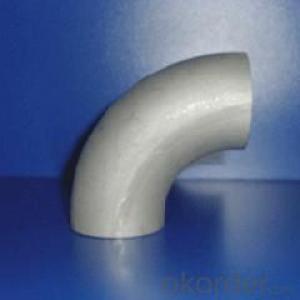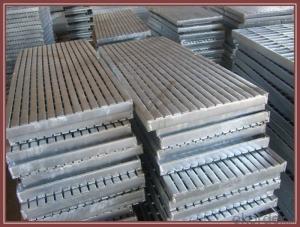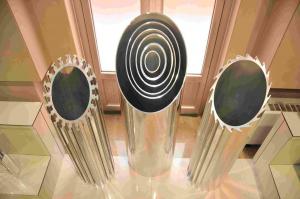China Aluminum Frame Extrusion Profiles for Aluminum Mesh
- Loading Port:
- China Main Port
- Payment Terms:
- TT OR LC
- Min Order Qty:
- -
- Supply Capability:
- -
OKorder Service Pledge
OKorder Financial Service
You Might Also Like
ALUMINUM MESH
Industrial aluminium profile
1)Material : 6063 6061 6060 and different aluminium alloy
2)Status:T4 T5 T6 or other special status
3)Surface treatment: mill finish, anodized sliver ,anodized bronze, anodized champagne, anodized black pearl, various power coating color, electrostatic sliver, electrostatic champagne, electrostatic golden, electrostatic titanium , machine polish sliver, machine polish bronze, wooden grain color, and Fluorocarbon spraying.
4)Annual capacity : 120000TON
5)Quality : China Nation Standard GB/T 5237 2008 (advanced class)
6)Use: can be widely using aluminium window, door, curtain wall, hand railing , normal aluminium profile, decorative and industrial aluminium profile
7)Advantage: Famous Brand reasonable&market price, soonest delivery and good after sale- service
8)Type of package:protection foam+heat contracted plastic film. / wooden packing / Metal pallet or depand on clientspecial requirement.
9)Payment term:T/T:30% of total value as deposite should paid by T/T within 3 days when confirmation ,and the remaining sum should be paid by T/T before delivery.L/C: 100% at sight
10)Delivery Day: 15-30days
11)Honor : CHINA FAMOUS TRADEMARK, CHINA TOP BRAND, ISO9001-2000, CHINA SQUARE&ROUND COMMITTEE DNV
- Q: What are the different machining options for aluminum profiles?
- For aluminum profiles, there are various machining options to choose from, depending on specific requirements and desired outcomes. Some commonly used machining options for aluminum profiles include: 1. Milling: By utilizing rotating cutting tools, material can be removed from the aluminum profile, resulting in intricate shapes and features. This versatile option is suitable for both roughing and finishing tasks. 2. Drilling: Holes can be created in aluminum profiles through drilling. The precision and accuracy required determine whether a conventional drill or a CNC machine is used. 3. Tapping: To enable secure fastening, internal threads can be created in aluminum profiles through tapping. This is commonly used with screws or bolts. 4. Turning: By rotating the aluminum profile and applying a cutting tool, cylindrical shapes or features can be created through turning. This method is often employed for precise round components like shafts or pins. 5. Sawing: Aluminum profiles can be cut to specific lengths or straight cuts can be made using a saw blade. This process is known as sawing. 6. Bending: To achieve the desired form, force is applied to reshape the aluminum profile through bending. Various methods, such as press brakes or roll forming machines, can be utilized for this purpose. 7. Grinding: For a smooth, polished finish or to remove imperfections, grinding involves using abrasive particles to eliminate small amounts of material from the surface of the aluminum profile. 8. Welding: Joining aluminum profiles is commonly done through welding. This process involves melting and fusing the aluminum profiles together using heat and pressure, resulting in a strong and durable bond. These examples highlight the range of machining options available for aluminum profiles. The choice of machining method depends on factors such as the desired shape, size, finish, and specific application requirements of the profile.
- Q: This question asks if aluminum profiles can be used in outdoor settings and seeks an explanation for their suitability.
- <p>Yes, aluminum profiles can be used for outdoor applications. They are suitable for outdoor use due to their high resistance to corrosion, which is a result of the natural oxide layer that forms on aluminum when exposed to air. This layer protects the aluminum from further oxidation and damage. Additionally, aluminum profiles are lightweight, strong, and can withstand various weather conditions, making them ideal for applications such as outdoor furniture, construction, and signage. Their durability and low maintenance requirements also contribute to their popularity in outdoor settings.</p>
- Q: Are aluminum profiles suitable for food processing applications?
- Yes, aluminum profiles are suitable for food processing applications. Aluminum is a lightweight and corrosion-resistant material that is widely used in the food processing industry due to its many benefits. Firstly, aluminum profiles are easy to clean and maintain, which is essential in food processing environments where hygiene is of utmost importance. They can be easily washed and sterilized to prevent any cross-contamination or bacterial growth. Secondly, aluminum is non-toxic and does not react with food or beverages, ensuring that the integrity and quality of the processed products are not compromised. This is particularly important for acidic or alkaline foods that may react with other materials. Furthermore, aluminum profiles have excellent thermal conductivity, allowing for efficient heat transfer during processing, such as in baking or cooling operations. This helps to ensure uniform heat distribution and consistent results. Additionally, aluminum is a sustainable material that can be recycled repeatedly without losing its properties. This aligns with the increasing focus on sustainability and environmental responsibility in the food processing industry. Overall, the characteristics of aluminum profiles make them a suitable choice for food processing applications, providing durability, cleanliness, and compatibility with food products.
- Q: What are the different colors and finishes available for aluminum profiles?
- There are various colors and finishes available for aluminum profiles, including but not limited to natural (mill finish), anodized, powder-coated, and wood-grain finishes. These finishes can be applied in a wide range of colors, allowing for customization and versatility in design.
- Q: Where is the aluminum profile market in Tianjin?
- Industrial aluminium profile standard profile:1530156015901640, 2020204020803030, 30R arc, 3030W 3030, 3030R, 3030RQ, 3060309030150, 4040A, 4040Q, 4040L4040W, 4040Z, 40R arc, 40 right angle, 4060Q, 4060L, 4060Z, 4080, 4080L, 4080W, 8080, 8080W, 606080120100100, 1201204012045454545L 4545Q 4545W 45909090 9090W 45R 4560 4560W 501005050501006060 6060L arc 4545RQ (1530-120120 Series) line industrial profiles and accessories can be assembled into processing products: tool rack (car), operation table, special tool cart, line table, product display, LCD panel, sun room, display cabinets, display rack, mechanical seal cover, shelves, product testing equipment, non-standard equipment, industrial fence, plotter, testing equipment, laboratory equipment, biological machine, labeling machine, production line, motor rotor bracket, electronic products production line, production line, line table, equipment protection barrier, LCD panel production equipment
- Q: What are the advantages of using aluminum profiles in the oil and gas industry?
- Using aluminum profiles in the oil and gas industry offers numerous benefits. First and foremost, aluminum profiles boast an exceptional strength-to-weight ratio. This means they provide excellent structural integrity while remaining lightweight, a crucial factor when transporting and installing equipment in different locations. Moreover, the lightweight nature of aluminum profiles reduces the strain on structures and equipment, resulting in energy savings and enhanced efficiency. Secondly, aluminum profiles exhibit remarkable resistance to corrosion. Given that the oil and gas industry often operates in harsh environments with exposure to saltwater, chemicals, and extreme temperatures, the natural oxide layer of aluminum acts as a protective barrier, ensuring durability and preventing corrosion. This corrosion resistance significantly reduces maintenance and replacement costs throughout the equipment's lifespan. Furthermore, aluminum profiles are non-magnetic, making them ideal for applications where magnetic interference is a concern. In the oil and gas industry, precision and accuracy are paramount, and the non-magnetic properties of aluminum profiles ensure that equipment operates without any electromagnetic interference, guaranteeing data accuracy and reliable performance. Additionally, aluminum profiles can be easily fabricated and customized to meet specific requirements. They can be extruded into various shapes, sizes, and configurations, providing endless design possibilities. This manufacturing flexibility makes aluminum profiles highly versatile, allowing them to be utilized in a wide range of applications within the oil and gas industry, such as pipe racks, platforms, support structures, and access systems. Lastly, aluminum is an environmentally friendly and sustainable material. It is 100% recyclable without losing its properties, making it an ideal choice for the oil and gas industry, which increasingly focuses on reducing its carbon footprint. The recyclability of aluminum also contributes to cost savings and resource conservation. In conclusion, the advantages of using aluminum profiles in the oil and gas industry encompass their high strength-to-weight ratio, corrosion resistance, non-magnetic properties, easy fabrication, and recyclability. These characteristics make aluminum profiles a dependable and cost-effective solution for various applications within this industry.
- Q: The latest list of aluminum China
- Lear aluminum is also good Oh, A Well-Known Trademark in China, China energy-saving innovation enterprise ten, Hebei enterprises in Handan
- Q: This question asks if aluminum profiles can be utilized in sustainable construction projects and seeks an explanation of their application.
- <p>Yes, aluminum profiles can be used for green building projects. They are valued for their durability, recyclability, and energy efficiency. Aluminum profiles are lightweight, which reduces the load on structures and can contribute to energy savings in heating and cooling. They also have high thermal conductivity, which can be beneficial for heat transfer in building systems. Additionally, aluminum is 100% recyclable, meaning it can be repurposed without losing its properties, reducing waste and the need for new raw materials. This recyclability aligns with the principles of sustainable construction by promoting a circular economy and reducing the environmental impact of building materials.</p>
- Q: What do you mean by aluminum alloy T3-T8? Someone who answers me, thanks a lot
- T3~T8 refers to the heat treatment process code after extrusionAs follows:T3 solid fusion heat treatment, cold processing, and then through the natural aging to the basic state of stabilityThe utility model is suitable for cold working, straightening or leveling to improve the strength after the solid fusion heat treatmentT4The natural aging is basically stable after the heat treatmentApply to solid melting heat treatment, no longer cold processing (can be short, straight and flat, but not affect mechanical performance limit) products
- Q: Can aluminum profiles be used for staircase handrails?
- Yes, aluminum profiles can be used for staircase handrails. Aluminum is a popular choice for handrails due to its durability, lightweight nature, and corrosion-resistant properties. It can be easily shaped into various designs and provides a sleek and modern look to staircases. Additionally, aluminum profiles can be customized to meet specific design and safety requirements, making them suitable for staircase handrails.
Send your message to us
China Aluminum Frame Extrusion Profiles for Aluminum Mesh
- Loading Port:
- China Main Port
- Payment Terms:
- TT OR LC
- Min Order Qty:
- -
- Supply Capability:
- -
OKorder Service Pledge
OKorder Financial Service
Similar products
Hot products
Hot Searches
Related keywords
